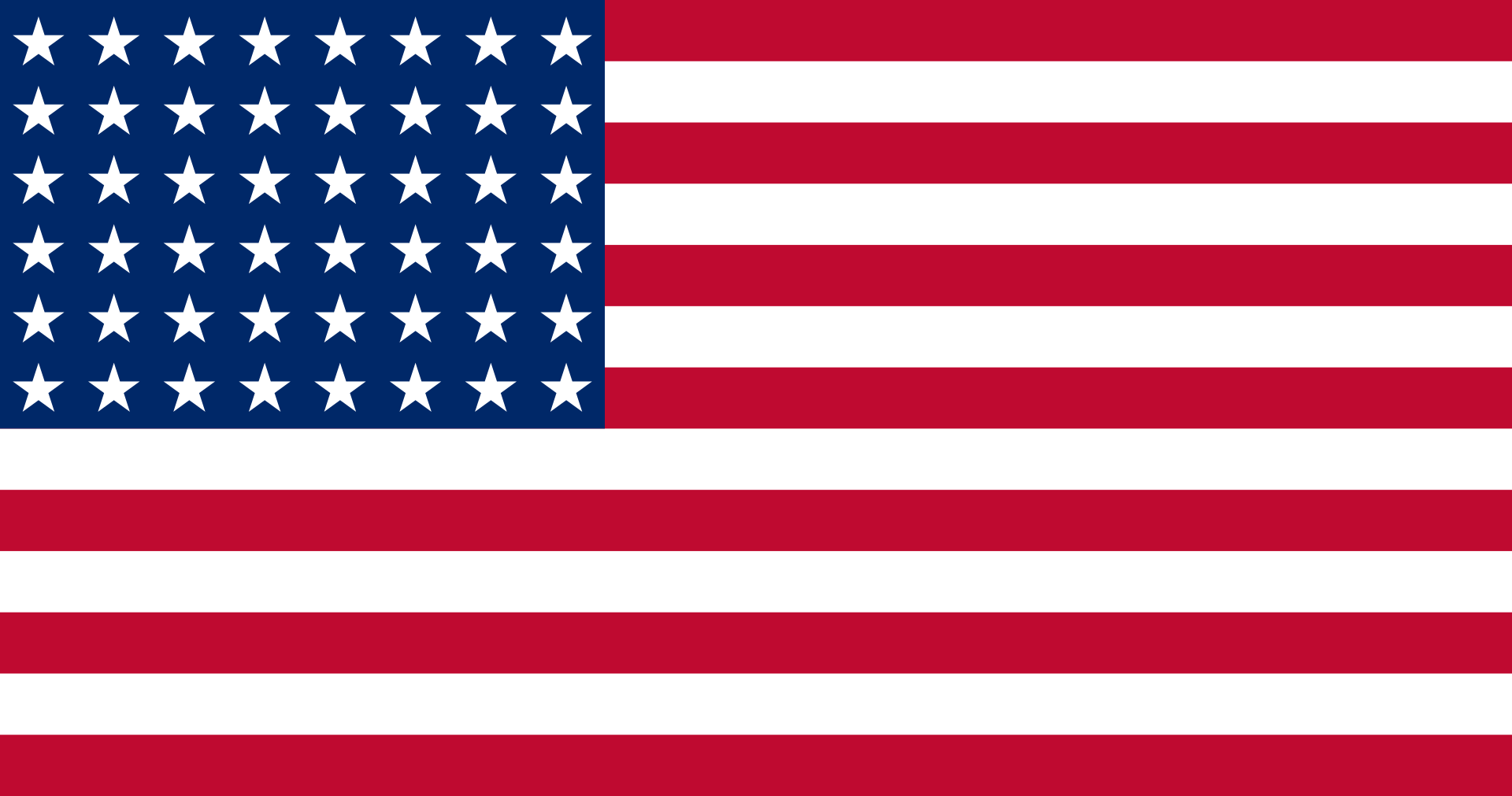Johnson Flying Service
Operator Identification
United States of America
TYPE: Airline & airwork operator
IATA/ICAO CODES: Nil
HEADQUARTERS: Missoula, MT
OTHER NAMES: Johnson Flying Service, Johnson Air, Johson International Airways
SUBSEQUENT NAME: Evergreen International Aviation (taken over)
Operator History
Johson's was founded on 6 March 1929 by Robert R. Johnson. Bob Johnson and his brother Dick Johnson developed an aviation FBO business with flying school, air taxi and maintenance. However they built up a specialist contractor role with the US Forest Service and other Government agencies, providing transport and forest fire control services to inhospitable Tall Timber regions of the Northern Rocky Mountains. This included aerial seeding and dropping parachuting "smoke jumper" fire fighters and equipment.
A diverse aircraft fleet was used pre-war, but the mainstay were Ford Trimotors which were maintained for 30 years, suffering numerous accidents on rough airstrips. Bob Johnson had a standard quote each time he was informed of the latest wrecked Trimotor: "fly the biggest piece back". The company workshops at Missoula would then commence a rebuild from their spares and parts of other wrecked Fords.
After WWII, Forest Service work continued as the mainstay of Johnson's operations. A 1948 report quoted the fleet as 2 DC3s, 3 Ford Trimotors, Cessna T-50s, 3 Travel Air 6Bs, Curtiss Sedan, Beech F17D, Stinson 108 and for the pilot school Cessna 140s and 6 Piper Cubs. As more military surplus aircraft became available, Johnson's standardised on Douglas C-47s, Commandos, Beech 18s and the survivors of the pre-war stalwarts, Ford Trimotors and Travel Air 6000s.
To find year-round utilisation for its Commandos and C-47s, Johnson's obtained Irregular Air Carrier certification from the CAB and bid for US military personnel transport contracts. By 1953 two of each type were in passenger service on military charters. In January 1954 Bob Johnson announced the formation of Johnson Airlines, to initially fly scheduled DC3 services between Seattle and Spokane via Washington State towns and fares well below current airlines. However the Washington route experiment was not a success and dropped after a month. On 22 December 1954, a Johnson's DC3 ditched in an icy river at night in Pennsylvania due to fuel exhaustion. It was carrying four pilots, a male cabin attendant and 23 soldiers on leave on a US Army charter flight from Newark, NJ to Tacoma, WA. Ten drowned including Captain Harold Poe who had reached shore but dived back into the water to help others. The investigation found the cause was inadequate flight planning and inadequate crew supervision and training. The Department of Defence banned Johnson's from its civilian air transport program for several years. The CAA considered cancelling Johnson's passenger carrying certificates, but determined the failures were primarily the result of the pilot-in-command and not the company. The law suits commenced from the families of the dead passengers and the following years were difficult times for Johnson's.
In the mid 1950's, the US Forest Service requested Johnson Flying Service to investigate aerial fire bombing of forest fires. The first three Grumman TBMs were acquired from Navy surplus and ferried from the NAS Litchfield Park, AZ storage field to Missoula, MT where they were fitted with retardant tanks designed by the company. It is reported that Johnson's first experimented with "slurry bombing" forest fires with its Ford Trimotors flown by Edgar Thorsrud in the mid-1950's but details are sketchy. The TBMs went in service from 1957 as dedicated fire tankers dropping the original highly toxic "Borate" retardant. They were adaptable for insecticide spraying and Johnson's was contracted to send TBMs to Canada for the spruce forest budworm spraying seasons from the mid-1960's. More TBMs were acquired and the tanker division became an important part of Johnson's business, later upgrading to Lockheed Neptunes.
Meanwhile the supplemental air carrier work was expanded with the purchase of a DC4 and Lockheed Electras operating under the name Johnson Air, and later Johnson International Airlines. These large transports were used to carry US Forest Service personnel during the summer months, and general charters for the rest of the year. They brought new complexities and heavy costs for the company. In April 1975, Johnson lost their main US Forest Service contracts to Christler Flying Service of Thermopolis, WY which had underbid their price. It was a bitter blow for Bob Johnson, retired and aged in his 80s, but still closely involved with his company and he wanted to sell. On 6 October 1975, the CAB approved the sale of Johnson International Airlines to Evergreen Helicopters of McMinnville, OR. The sale included Johnson's Supplemental Air Carrier certificate and the remaining Electras. Del Smith, President of Evergreen established two new subsidiaries: Evergreen International Airlines Inc, based at Evergreen Air Centre in Marana, AZ for freight and passenger charters, and Evergreen Air of Montana Inc. based at Missoula, MT operating the former Johnson Flying Service utility aircraft for Government agencies. Johnson Flying Service and its subsidiary companies were dissolved and disincorporated in January 1977. Bob Johnson continued as a consultant to Evergreen Air of Montana Inc. until 1978 when Evergreen sold its Missoula interests to Minuteman Aviation. He died on 15 December 1980 in his sleep at Missoula, aged 87.
Commando Operations
1953 to October 1975
Johnson's operated several Commandos from the mid-1950's. Also, later, Evergreen Helicopters briefly assigned the former Intermountain Aviation Commandos to Johnson Flying Service, right after purchasing it, and just before it was renamed Evergreen International Airlines.
Last edited: 04/05/2021

